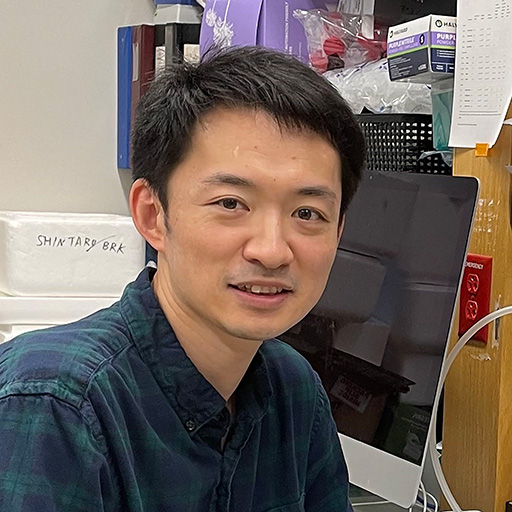How Does Mechanical Stress Injure the Retinal Pigment Epithelium in AMD?

Principal Investigator
Aparna Lakkaraju, PhD
University of California, San Francisco
San Francisco, CA, USA
About the Research Project
Program
Award Type
Innovative Research Grant
Award Amount
$599,399
Active Dates
July 01, 2021 - June 30, 2024
Grant ID
M2021020I
Acknowledgement
Goals
We will study how drusen, which are associated with progressive vision loss in AMD, injure the retinal pigment epithelium, the tissue that nourishes and supports the light-sensing photoreceptors. In this project, we will use advanced live microscopy of the retina along with genetic and molecular approaches to study how insoluble aggregates cause mechanical stress on the RPE and how this causes atrophy and detachment of RPE cells. At each step, we will evaluate drugs that can preserve the health of the RPE and prevent RPE loss in disease models. This research will yield invaluable insight into mechanisms responsible for irreversible RPE loss in AMD and identify promising therapies to safeguard healthy vision.
Summary
Age-related macular degeneration (AMD) destroys central vision in over 30 million older adults and has limited treatment options. The primary site of injury in the most prevalent form of AMD called “dry” AMD is the retinal pigment epithelium (RPE). The RPE is a single layer of non-dividing cells that nourishes and supports the photoreceptors, the light-sensing cells of the eye. Early clinical features of AMD are RPE abnormalities and the accumulation of insoluble aggregates within and around the RPE. Progressive stress on the RPE due to these aggregates impacts RPE health and eventually leads to detachment and irreversible loss of focal patches of RPE cells in a process called geographic atrophy. As each RPE cell takes care of ~40 photoreceptors in the human eye, loss of even a few RPE cells could significantly impair vision. Although decades of observational studies show that RPE atrophy causes permanent vision loss, we know very little about the mechanisms involved. Here, we will use advanced live microscopy of the retina along with genetic and molecular approaches to study how insoluble aggregates cause mechanical stress on the RPE, and how this causes atrophy and detachment of RPE cells. At each step, we will evaluate drugs that can preserve the health of the RPE and prevent RPE loss in disease models. This research will yield invaluable insight into mechanisms responsible for irreversible RPE loss in AMD and identify promising therapies to safeguard healthy vision.
Unique and Innovative
There are no approved therapies for late stage or dry AMD, which is characterized by the accumulation of large drusen and loss of focal patches of the retinal pigment epithelium (RPE). Whether drusen are a cause or consequence of AMD remains poorly understood. We will investigate how drusen-mediated mechanical stress injures the RPE and establish how this can be modulated to preserve RPE integrity. This will significantly advance the field from current observational studies on dry AMD and help identify potential therapeutics.
Foreseeable Benefits
There are no viable therapeutic options for dry AMD because the precise sequence of events leading from drusen formation to RPE loss are not known. Our studies will focus on identifying these mechanisms and evaluate small molecule drugs for their abilities to maintain RPE health. Many of which are already approved for clinical use or in clinical trials. These drugs all orally bioavailable, which will circumvent the need for invasive intravitreal injections.
Grants
Related Grants
Macular Degeneration Research
Innovative Night Vision Tests for Age-Related Macular Degeneration
Active Dates
July 01, 2024 - June 30, 2027

Principal Investigator
Maximilian Pfau, MD
Current Organization
Institute of Molecular and Clinical Ophthalmology Basel (Switzerland)
Macular Degeneration Research
The Development of a Transplant-Independent Therapy for RPE Dysfunction
Active Dates
July 01, 2024 - June 30, 2026

Principal Investigator
Shintaro Shirahama, MD, PhD
Current Organization
Schepens Eye Research Institute of Massachusetts Eye and Ear
Macular Degeneration Research
What Squirrels Can Teach Us About Treating Age-Related Macular Degeneration
Active Dates
July 01, 2023 - June 30, 2025

Principal Investigator
Sangeetha Kandoi, PhD
Current Organization
University of California, San Francisco



